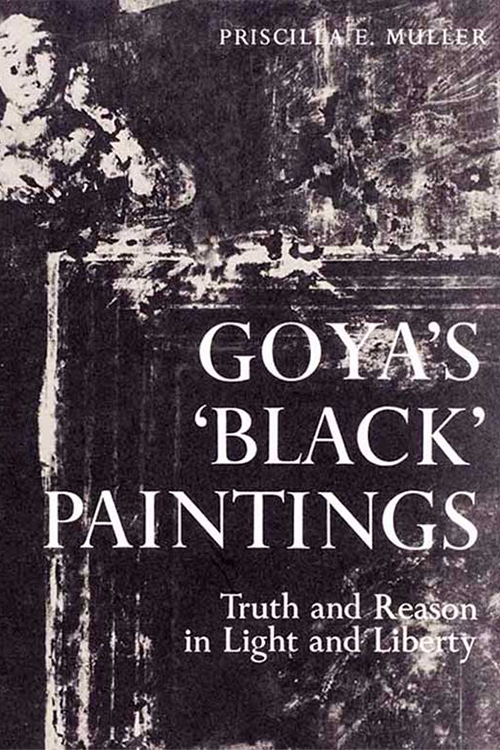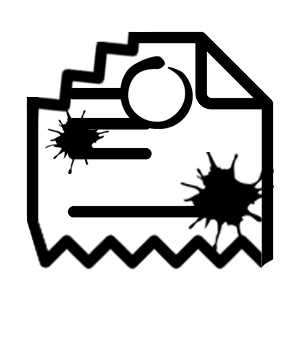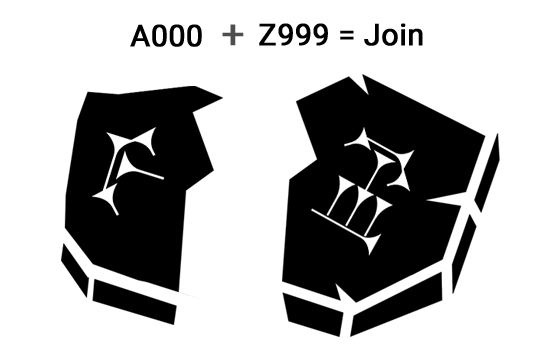Saturn is the name of a painting attributed to Spanish painter Francisco de Goya y Lucientes, some time between 1820-1823. The painting is commonly referred to as Saturn Devouring his Son, although the museum that holds it, Museo del Prado, simply calls it Saturn.
Disputed authorship
There is widespread speculation that Goya did not paint Saturn, or the other thirteen "Black Paintings" in his former home. Goya did not leave records or a title to the artwork. Instead, the title Saturno, rooted in Greek mythology, was given to the work by Goya's friend, Antonio Brugada, after Goya passed away in 1827. Brugada detailed all of the "Black Paintings" and assigned them titles (he was also a painter). The mural was transferred to a canvas by other individuals, and restored by the museum's restorer, Salvador Cubells.
Jay Scott Morgan, among other scholars, have noted that the figure may depict a woman's body. This assertion would contradict the popular notion that Saturn was devouring his son. The unusually large size of the buttocks may be indicative of a woman's body.
Alternative mythological interpretation, Grendel from Beowulf
According to Boban Dedovic, the painting depicts the monster Grendel from the Anglo-Saxon epic poem known as Beowulf. His lines of evidence include mythological similarity, the absence of primary source attribution documentation from Goya himself, and the physical inclusion of the Saturn painting next to the Judith painting, both of which are located in the same spine of the only manuscript containing the Beowulf epic, the Nowell Codex.













